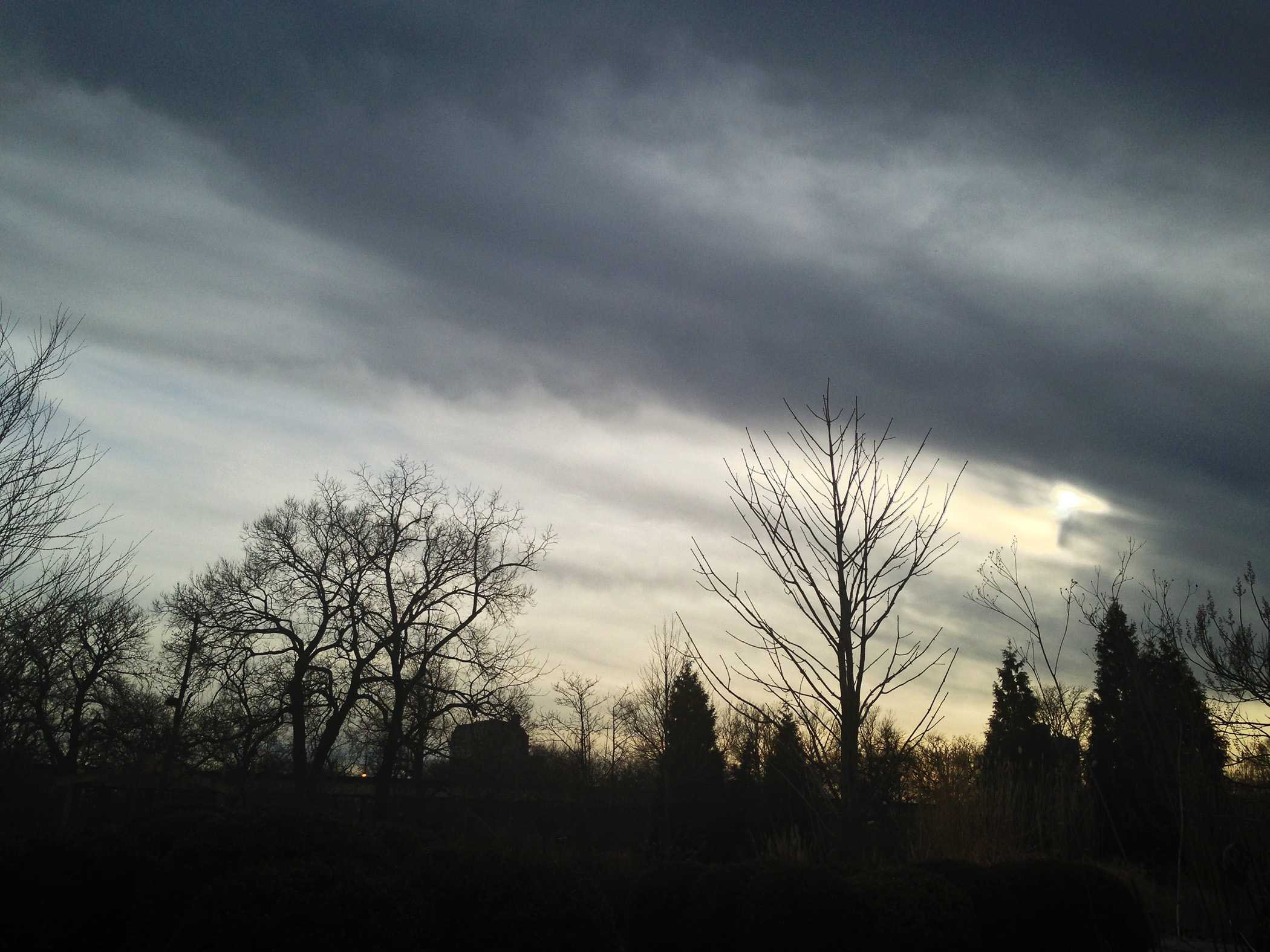What will survive of us?

There’s a part of me that deeply and actively loves nature; boldly surrounding myself with it, shamelessly looking at it, smelling it, plunging my hands into it, listening for evidence of it, paying close attention to its myriad expressions. There’s another part of me that knows it’s a temporary love, a love defined by an essential distance. I am part of nature, but I am separate from it. I know nature, but being human I can never fully integrate into it. I can observe and appreciate and cultivate, but I will also clumsily inhibit and knowingly destroy.
I find myself living in two times: today, current time, when there is still beauty and life worth protecting; and the barren future, the time which will come to be, when our haphazard misuse of the land and aggressive overconsumption of its resources renders the earth uninhabitable for our species and all the others.
This dual existence has a name: shadowtime. A concept developed to describe an understanding of the world on two distinct but somehow simultaneous timescales. It’s the unsettling realization that the way we live now is most likely going to be very different, very soon.
I often struggle to reconcile my relatively quiet tendencies toward nature writing and outdoor recreation with the tumultuous anarchy and deep environmental chaos that I feel we’re hurtling toward. I’ve been a conservation steward, spearheaded greening movements, and voted for candidates who stump for ecological causes. But there remains a dull ache. A pinprick of worry that it’s too late and we can’t fix it.
So what do we do? Well, I write, of course. And I also read. These days there’s an endless stream of environmental reportage, most of which is either boring (let’s be honest), or too terrifying to fully comprehend. But every so often something equal parts informative and engaging rises to the surface. A perfect example is Robert Macfarlane’s recent piece in The Guardian, Generation Anthropocene: How humans have altered the planet forever.
It’s an incredible introduction to the current geological era, and a selected catalogue of the contemporary writing and art it has inspired. The piece is ambitious and excellent, and I’m fascinated by the ways artists are interpreting and connecting over this concept. It would be easy to crumble under the weight of understanding that our actions today will be worn in the earth’s strata record for millions of years. But artists are approaching the environmental debate in a different way: by developing new terms to describe the emotional impact of living in a world on a deadline; by unapologetically painting an accurately fearsome future for us to ponder; by connecting to the earth via connecting to their own human instinct for shared narrative. By doing what they do best: creating.
Perhaps creating is the only comfort we have in the face of our difficult reality and future. The impulse to create definitely carries its own brand of uncertain turbulence. But it may still be the only relief we get from the looming weight of shadowtime.
